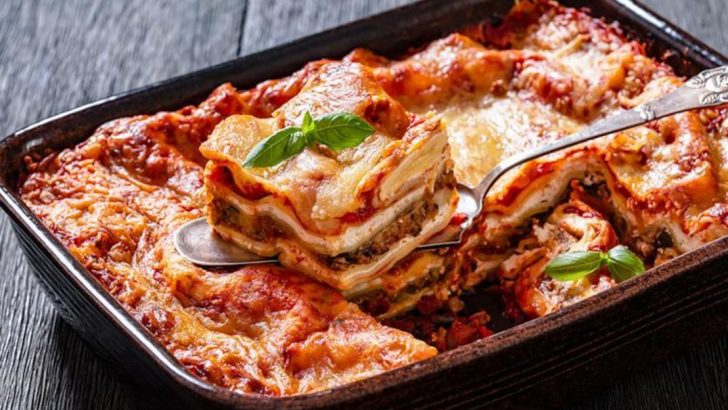We’ve all been there – staring at containers of last night’s dinner and wondering what’s safe to zap in the microwave. Leftover food can be a lifesaver for busy weeknights, but some items reheat beautifully while others turn into culinary disasters.
Let’s explore which foods you can confidently reheat and which ones actually taste even better the next day!
1. Soups And Stews: Flavor-Packed Second Acts

Soups and stews are the champions of leftover land! The extra time allows all those herbs and spices to mingle and deepen in flavor.
Simply reheat them slowly on the stovetop, stirring occasionally to ensure even warming. Add a splash of broth or water if they’ve thickened too much overnight.
2. Chili: The Next-Day Champion

Ask any chili cook-off winner their secret and they might whisper: “It’s always better the second day!” Those complex spices need time to fully develop their magic.
Reheat chili gently in a pot, adding a splash of water if it’s thickened too much. Top with fresh cheese or sour cream for the ultimate comeback meal.
3. Roasted Vegetables: Easy Encore Performance
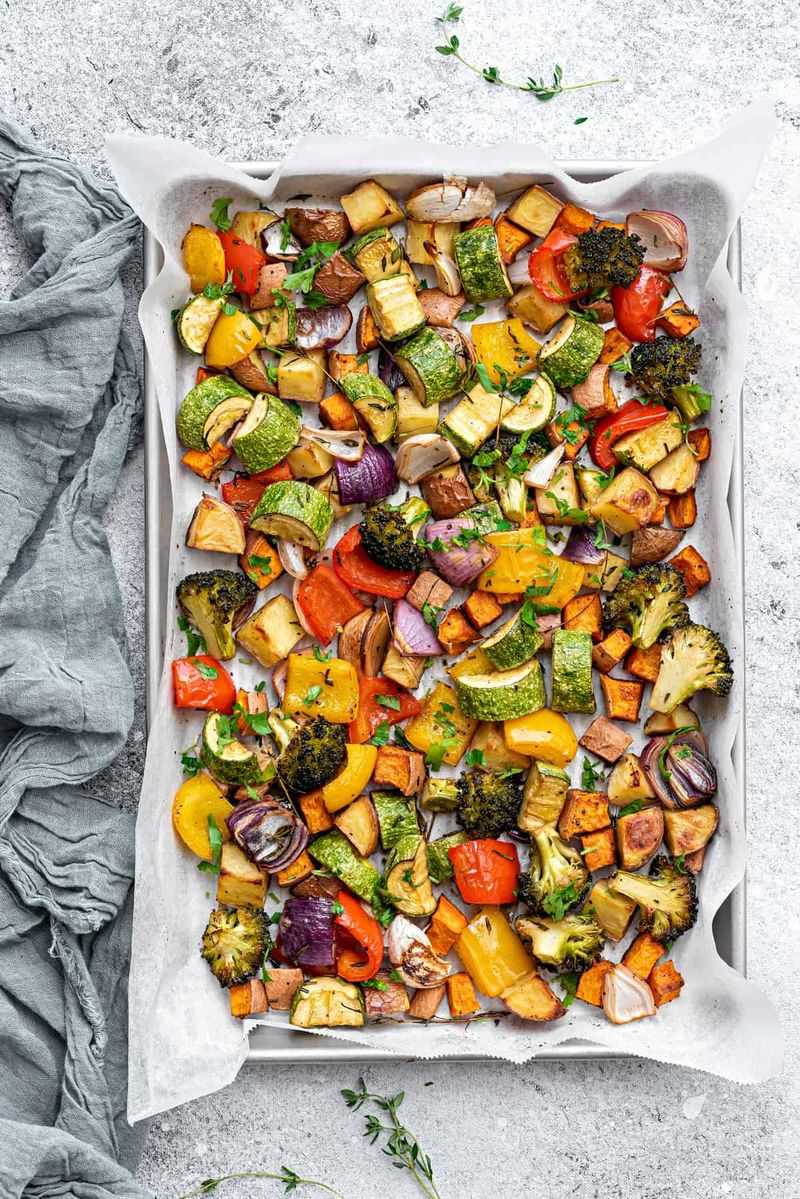
Last night’s roasted veggies deserve another round of applause! Spread them on a baking sheet and pop them in a 350°F oven for about 10 minutes.
For a quick microwave option, arrange them in a single layer and cover with a damp paper towel. The moisture prevents them from drying out while reheating.
4. Grilled Chicken: Moisture-Maintaining Methods
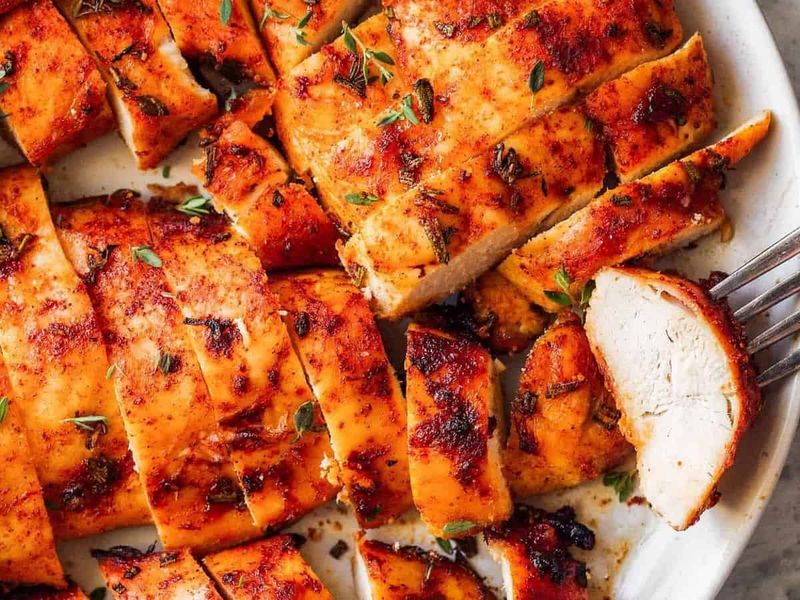
Nobody wants dry, rubbery chicken! The secret to reheating grilled chicken is adding moisture. Place chicken in a baking dish with a splash of chicken broth or water.
Cover tightly with foil and warm in a 350°F oven until heated through. This gentle steam bath keeps your bird juicy and delicious instead of turning into a chewy disappointment.
5. Pasta Dishes: Revive With A Splash

Pasta dishes often thicken up in the fridge as the noodles absorb sauce. Add a tablespoon or two of water, milk, or broth before reheating to restore that perfect consistency.
Cover your pasta when microwaving and stir halfway through. For creamy pastas, low and slow is the way to go—high heat can cause separation and weird textures.
6. Rice: Steam It Back To Life
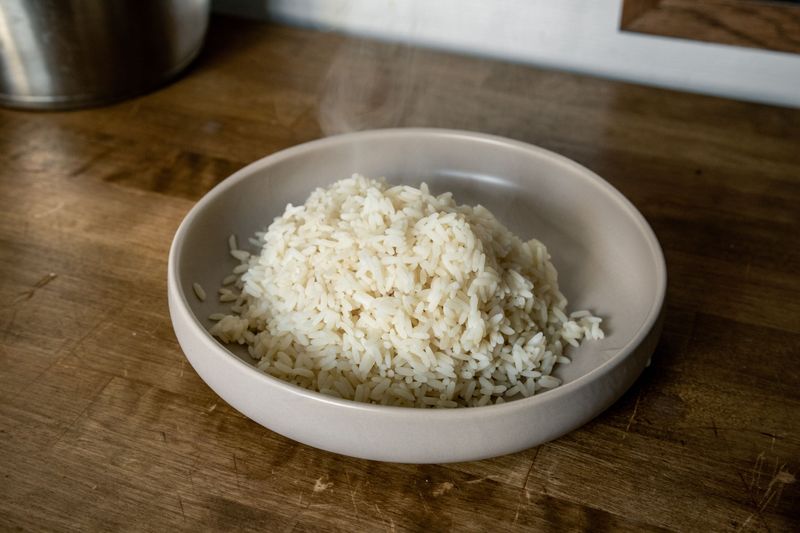
Dry, crunchy leftover rice is nobody’s friend! Sprinkle a few drops of water over your rice before microwaving and cover with a damp paper towel.
The steam works magic, returning moisture to each grain. For stovetop revival, add a tablespoon of water per cup of rice in a covered pot and heat on low, fluffing occasionally.
7. Meatloaf: Slice Before You Reheat
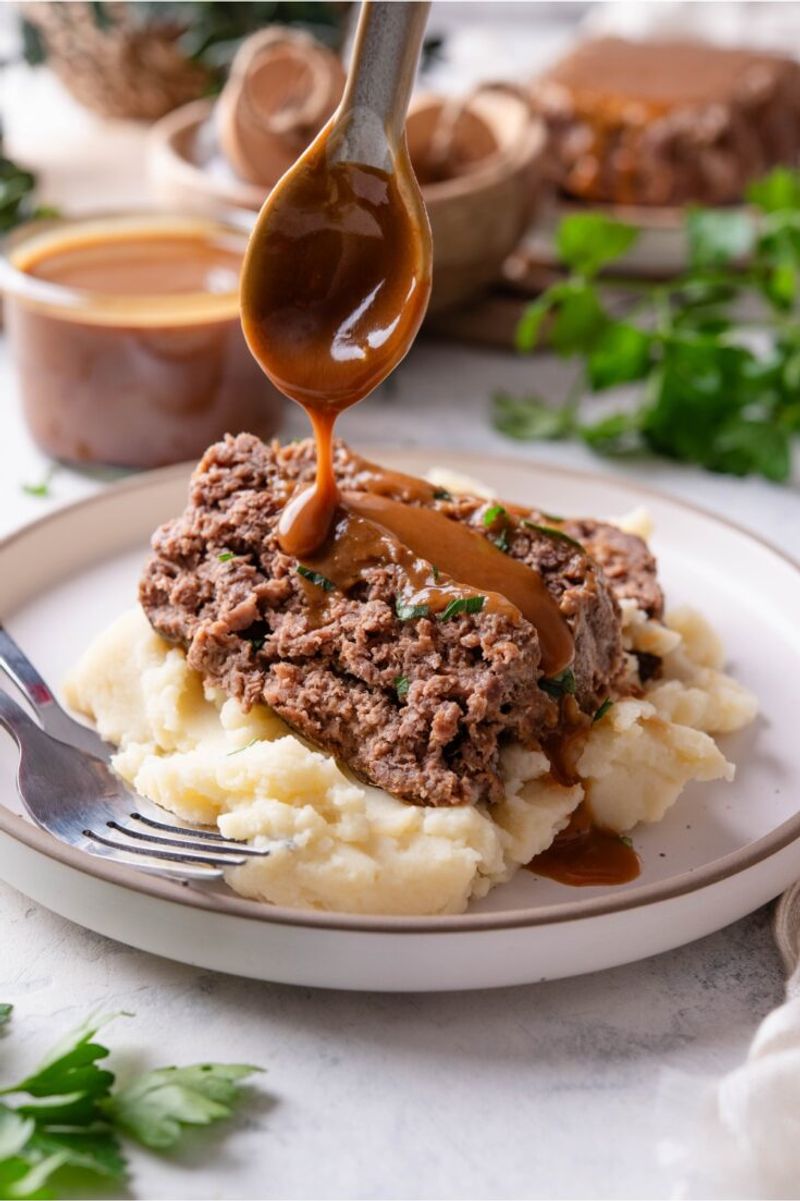
Meatloaf sandwiches might be even better than the original dinner! Cut your leftover meatloaf into slices before reheating—this speeds up the process and prevents the dreaded dried-out edges with cold center problem.
For extra moisture insurance, drizzle with a little broth or gravy before warming in the microwave or oven.
8. Casseroles: The Comeback Kings
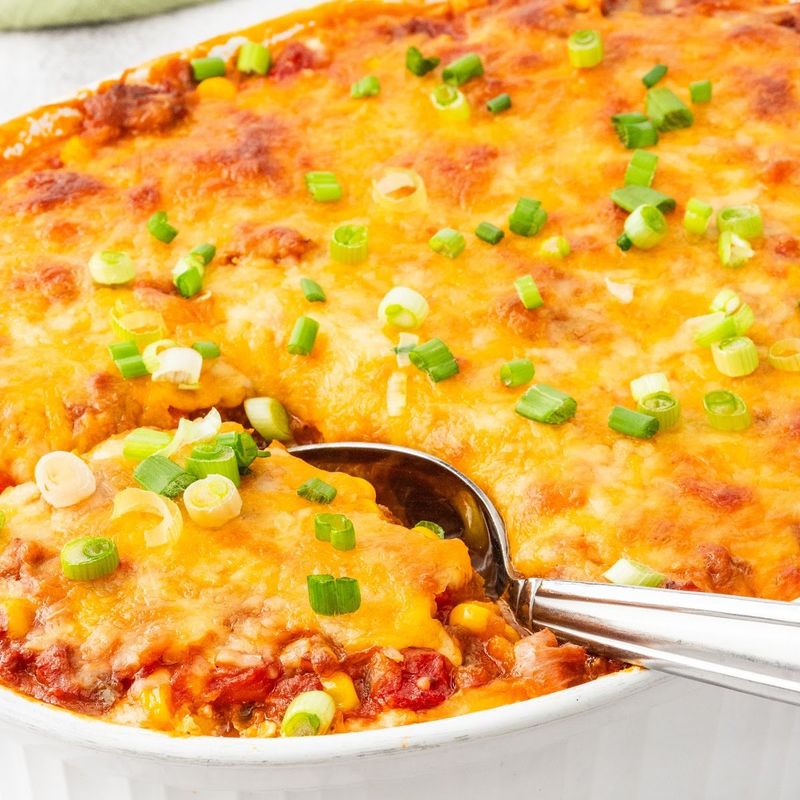
Casseroles are practically designed for reheating! Their mix of ingredients helps maintain moisture, and many actually develop better flavor after a night in the refrigerator.
Cover with foil and heat at 350°F until bubbly around the edges. For quicker results, portion out individual servings before microwaving.
9. Baked Potatoes: Crisp Them Up Again
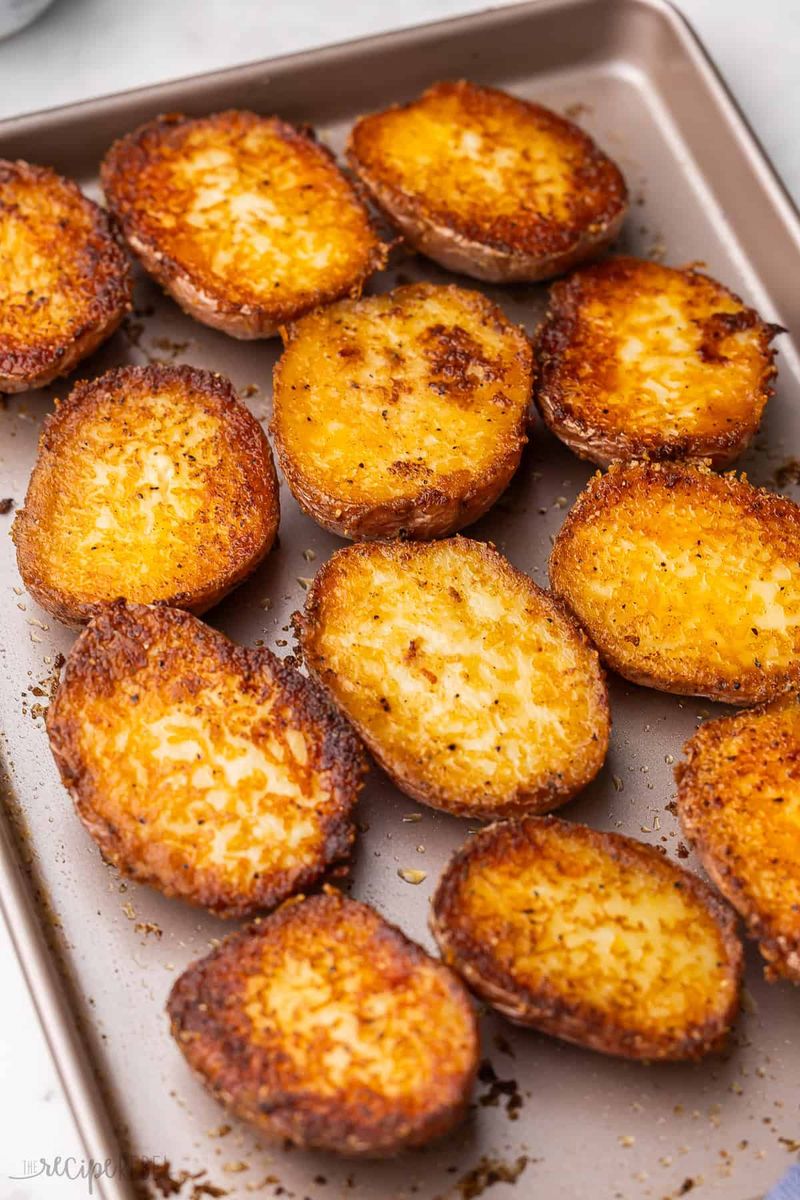
Soggy microwaved leftover baked potatoes are a thing of the past! Cut your potato in half and place it cut-side down in a skillet with a little butter or oil.
This reheating method crisps up the skin while warming the inside. For loaded potatoes, reheat the potato first, then add toppings during the last minute to prevent cheese or sour cream from separating.
10. Roasted Meats: Low And Slow Wins

Roasted beef, pork, or lamb needs gentle reheating to prevent toughness. Slice it thinly first—this is key!
Arrange slices in a baking dish with a splash of broth, cover tightly with foil, and warm at 250°F until just heated through. This low-temperature method preserves moisture and prevents that sad, overcooked texture.
11. Stir-Fries: Quick Wok Revival
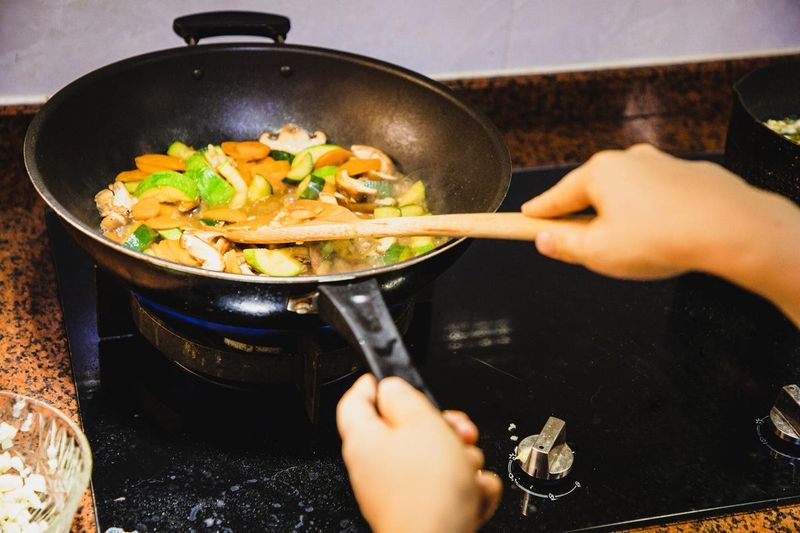
Leftover stir-fry can return to its former glory with the right technique! Heat your wok or skillet until it’s nice and hot before adding your cold stir-fry.
Keep things moving with constant stirring to prevent sticking or burning. The high heat quickly warms everything without overcooking those already-cooked vegetables and meat.
12. Mashed Potatoes: Creamy Comeback
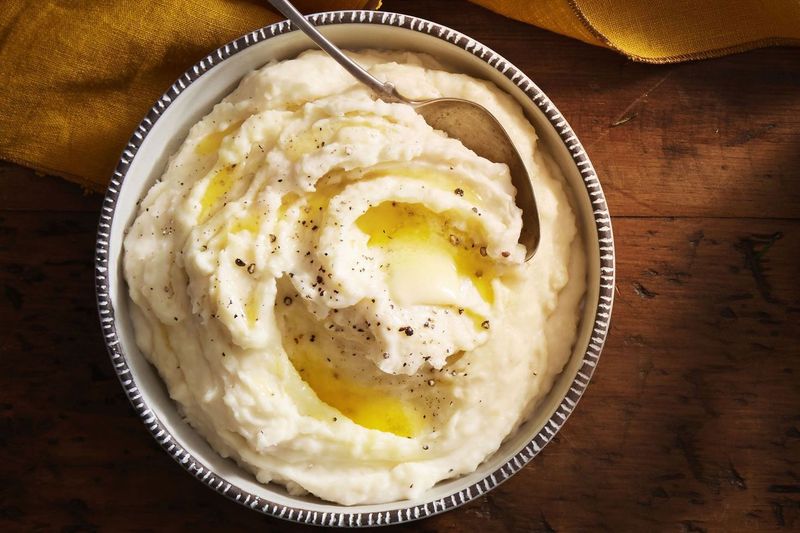
Cold mashed potatoes can turn gluey when reheated improperly. The fix? Add a splash of milk or cream and a pat of butter before warming.
Stir frequently whether using microwave or stovetop. For an extra-special revival, spread potatoes in a baking dish, top with cheese, and broil until golden for twice-baked mashed potato deliciousness!
13. Pulled Pork: Sauce-Based Salvation
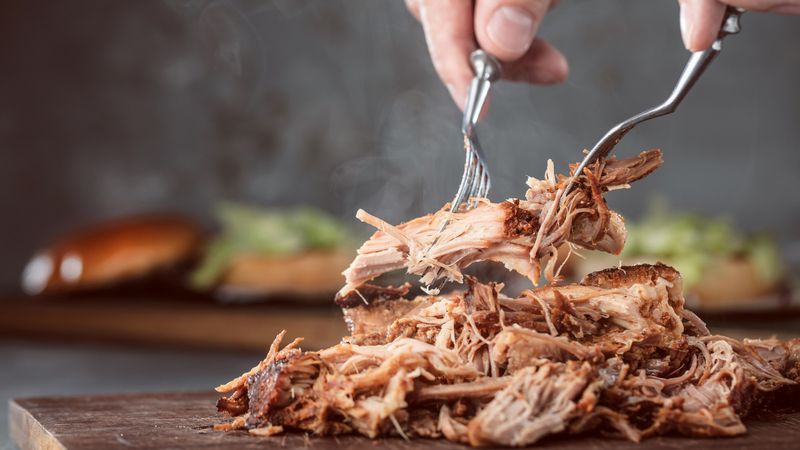
Pulled pork’s secret to successful reheating? Sauce is your savior! Add a splash of barbecue sauce or cooking juices before warming to restore moisture and flavor.
Place in a covered dish and heat at 300°F until warmed through. For stovetop reheating, use a skillet with a lid over medium-low heat, stirring occasionally to distribute the heat and sauce.
14. Bean Dishes: Moisture Is The Key
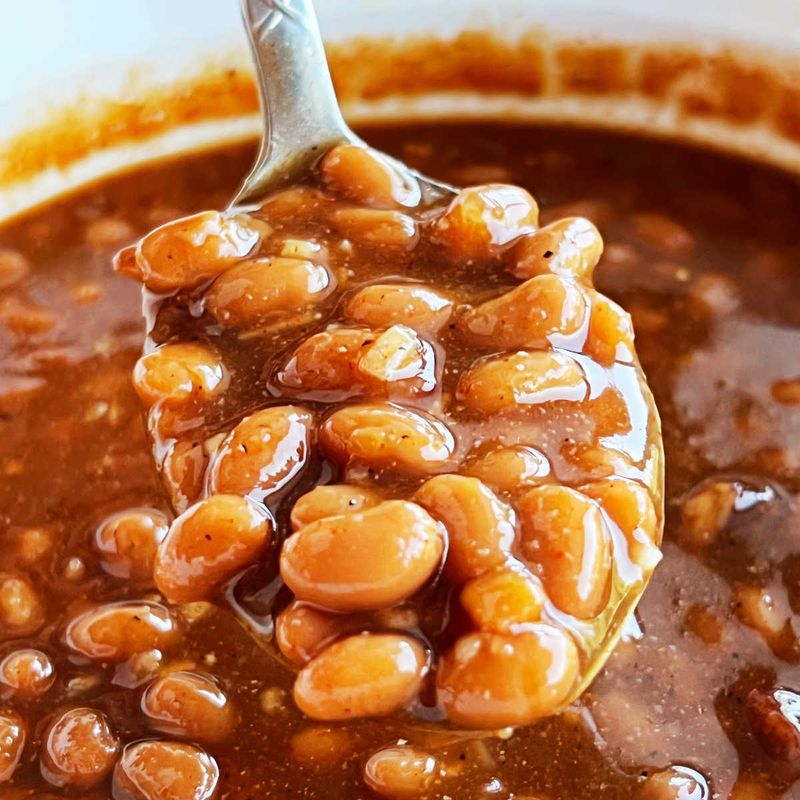
Bean-based dishes like baked beans or bean soups thicken substantially in the fridge. Don’t panic—this is easily fixed!
Add a splash of water, broth, or even beer before reheating. Stir frequently during warming to prevent sticking and burning. The extra liquid helps restore the original consistency while keeping those beans tender.
15. Enchiladas: Foil-Wrapped Freshness
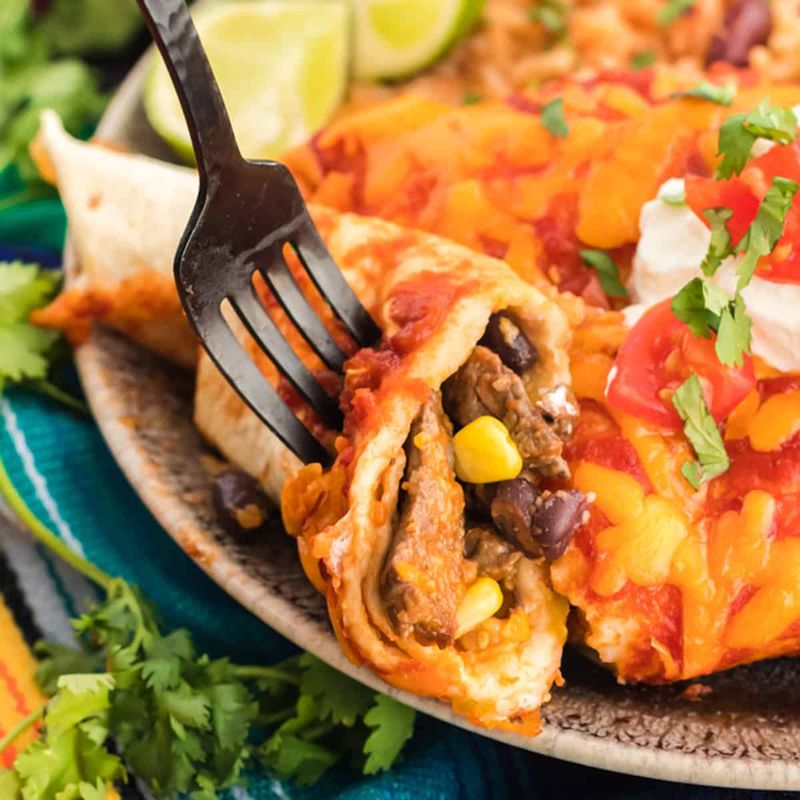
Leftover enchiladas can be as delicious as day one! Sprinkle a few drops of water over them, then wrap tightly in foil before placing in a 350°F oven.
This steamy environment prevents dried-out tortillas and keeps the filling moist. For extra insurance against dryness, spoon a little extra enchilada sauce over the top before reheating.
16. Curry: The Flavor-Improving Leftover
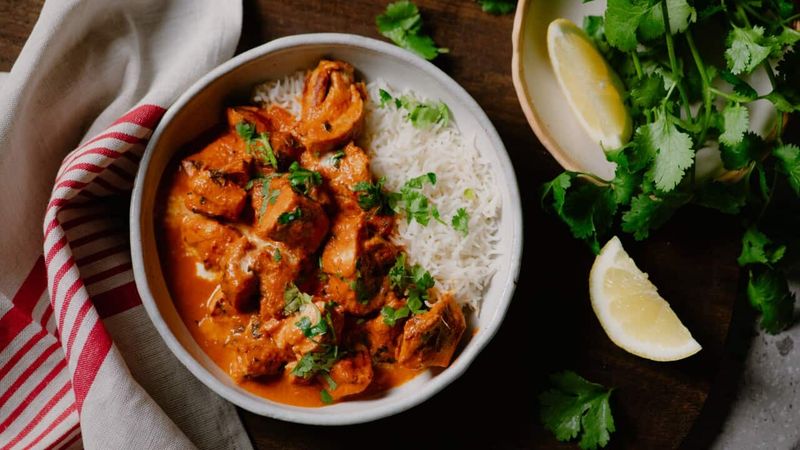
Curry is the poster child for leftovers that improve with time! Those complex spices continue developing deeper, richer flavors overnight in the fridge.
Reheat gently in a covered pot on the stove, stirring occasionally. If it’s thickened too much, add a splash of coconut milk, broth, or water to reach that perfect consistency again.
17. Pizza: Skip The Microwave!

Forget soggy microwaved pizza! Place cold slices in a dry skillet over medium-low heat and cover with a lid for 2-3 minutes.
The bottom crust crisps up beautifully while the lid traps steam to melt the cheese. For thick-crust pizza, add a few drops of water to the pan (not on the pizza) before covering to create extra steam.
18. Fried Rice: The Skillet Savior
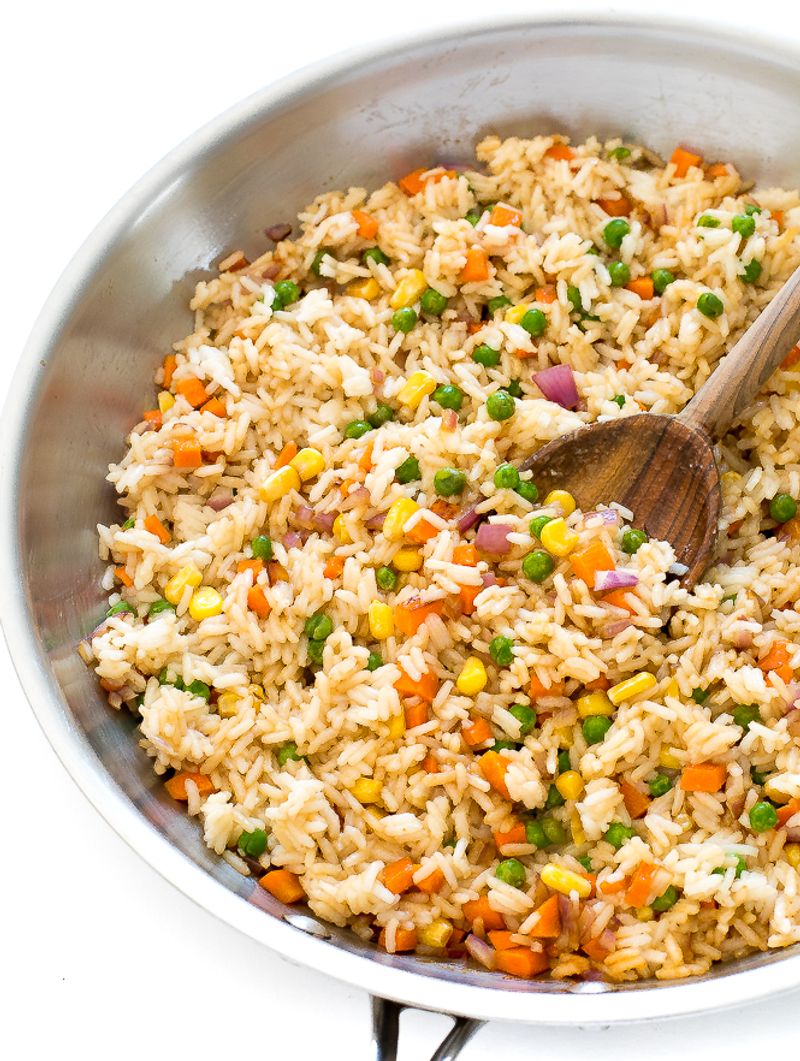
Day-old fried rice actually has an advantage—the rice grains have dried out slightly, preventing mushiness when reheated! Heat a skillet with a touch of oil until hot.
Add your cold fried rice and stir constantly to prevent sticking. The hot skillet helps revive those crispy bits that make fried rice so delicious in the first place.
19. Lasagna: Patience Pays Off

Lasagna might be the ultimate better-the-next-day food! The flavors meld overnight while the pasta absorbs more sauce goodness.
For best results, let refrigerated lasagna come to room temperature for 30 minutes before reheating. Cover with foil and bake at 350°F until hot throughout—about 30 minutes for a large piece.
20. Risotto: Transform Into Crispy Cakes

Leftover risotto rarely matches its original creamy glory when simply reheated. The brilliant solution? Arancini-inspired risotto cakes!
Form cold risotto into patties, dredge in breadcrumbs, and pan-fry until golden and crispy. This transformation creates an entirely new dish that might have you deliberately making extra risotto next time.

